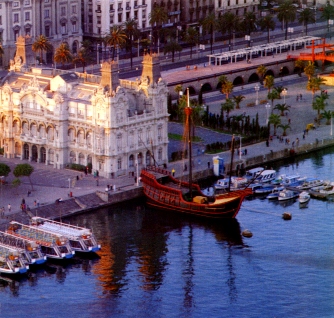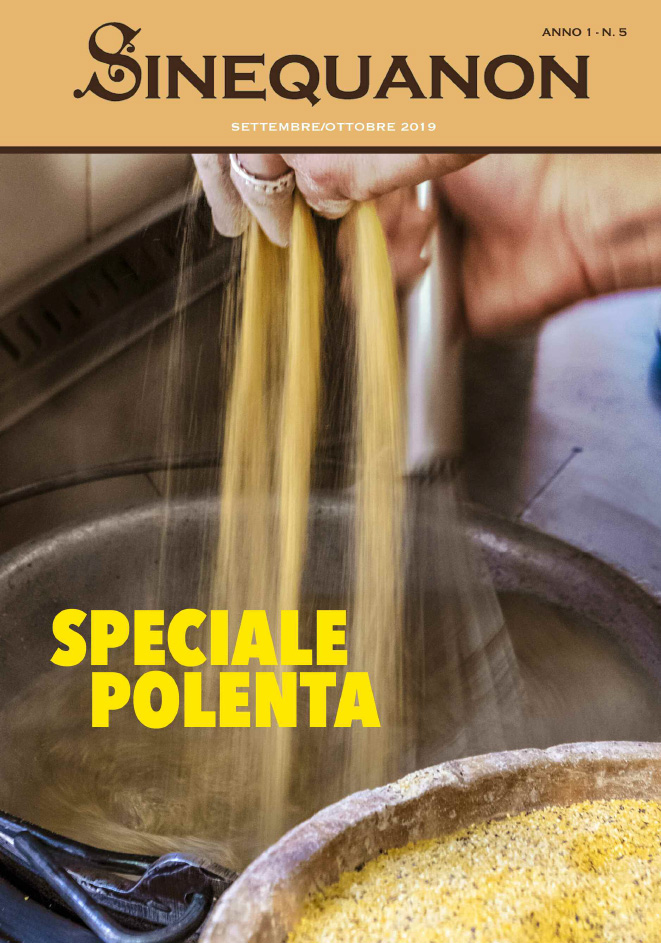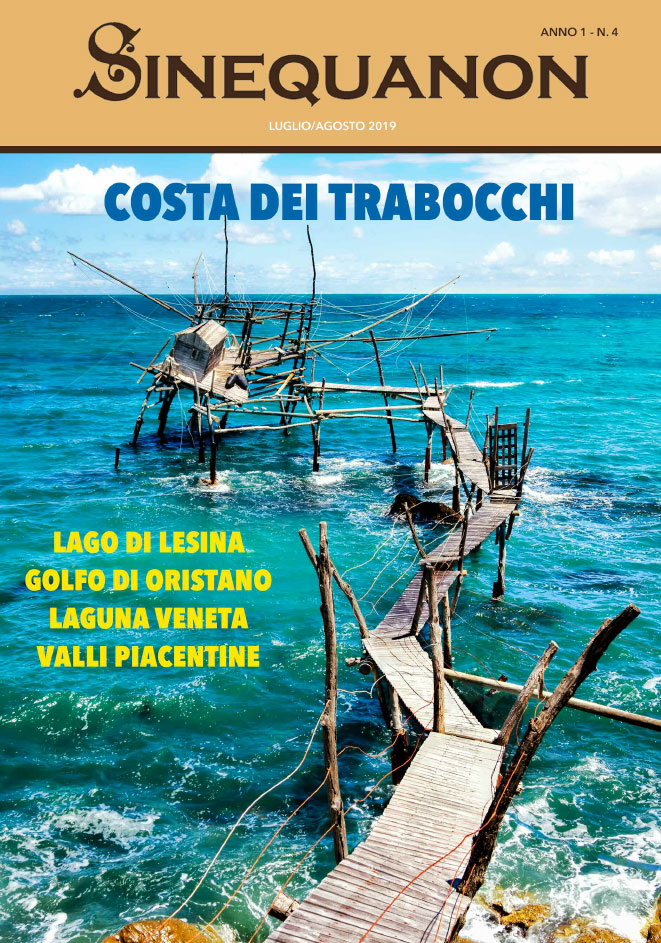EDVIGE MARTORELLI
Over-crowded (it has more than four million inhabitants) yet orderly, this city has an undeniable charm which is strengthened by another contradiction, its modernity which is mostly seen in the Eixample ("enlargement") district with its ties to the traditions which are still to be found in the Ciutat Vella.
Barcelona dates back to very ancient times indeed: it was occupied by the Carthaginians in 237 A.D. and then passed into Roman hands before being conquered by the Arabs, then by Charlemagne and finally by the Aragon kings who reigned here for four centuries. In 1939 it fell under Franco?s dictatorship from which it was freed only in 1977 when it became the seat of the Generalitat di Catalunya.
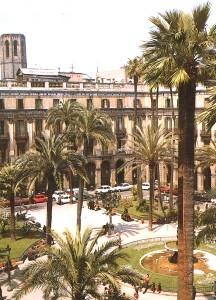
A visit to the city can start from the Ciutat Vella, the heart of Barcelona. The Plaça Nova, which is on the site of the former 3rd-century city walls it is still possible to admire today, is the gateway to this area which also boasts the Gothic cathedral, one of the most handsome examples of this artistic school in Catalonia and which is currently being restored. Work on this building, which took the place of a Roman basilica that had been destroyed by the Arabs, started in 1298 and was only completed in 1913 using a 15th-century project. We continue to the Plaça del Rei, one of the most atmospheric parts of the city which is a medley of Romanesque, Gothic and Renaissance decorative elements: the Museu D?Historia De la Ciutat and the Plaça Sant Jaume, in the old part but which is in fact modern and is the civic heart of the city.
The area of the two Barri, De la Ribeira and de Sant Père, separated from the Ciutat Vella only by the Via Layetana, is very touristy thanks to the Picasso Museum and the many typical little shops on its Daedalus of little streets. The cathedral of Sta Maria del Mar is a splendid example of the local Gothic style. We can then take the two streets of the Passeig del Born and the Carrer de la Montecada which lead down to the port area and to the Ciutadella park.
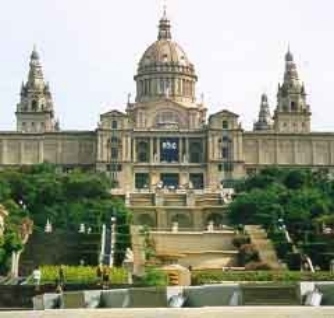
The Ciutadella park, built at the end of the 19th century as well as having a spectacular zoo has lots of green areas, fountains, lakes and two hothouses (the Umbràculo and the Hivernàcle) and the important Geological Museum.
Barcelona?s port, its surrounding area and the maritime Barcelloneta district are all charming and show how the city has drawn closer to the sea. Originally the port was near Montjüic but when they built the Eixample district the city?s life moved towards the centre of the centre and the port moved with it. But it was only in the Nineties of the last century that the work was finally completed. Barcelona?s port is one of Spain?s most important and one of the most popular areas of the city both with tourists and with the younger set thanks to the many night clubs, a shopping mall and the Maremagnum with its shops, restaurants, fast-food outlets and multiplex cinema. Next to this we find the aquarium which is one of the largest in Europe. The Plaça del Portal de la Pau, in the centre of which stands the monument to Christopher Columbus, leads to one of the most fascinating parts of this city, the Ramblas.
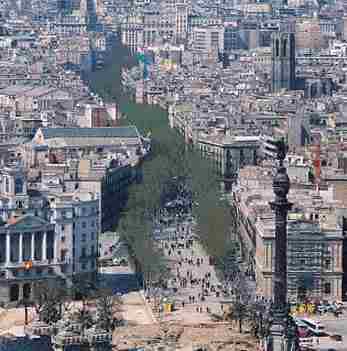
The Ramblas start from the bustling Plaça Catalunya, which links the 19th-century Eixample to the old city. And it is certainly the most typical part of Barcelona and therefore attracts tourists of all ages and nationalities. In fact there are fives Ramblas which all lead to that of Sant Joseph, also known as De les Flores, because it was once a market, and it is the longest of the five, running from the Plaça Catalunya to the statue of Columbus.
Along the Ramblas we find a succession of mimes, painters, musicians and dancers all of whom have their own particular way of transmitting their art to the passers-by. On each side there are shops, many of them geared to tourists. Then there is the Palau Güell on the Rambla deis Caputxins, the Wax Museum on the Rambla de Santa Monica and the Museu d?Art Contemporain de Barcellona while the 15th-century Hospital de la Santa Creu is the seat of the Catalunya Library and the Reial Academia de Medicina. All of which can be accompanied by a wide range of Cavas, the sparkling wines which are produced in the area. Then there are the many tapas bars serving a range of appetising hors d?oeuvres, to be enjoyed with a Chupitos glass of Sangria. Night clubs and bars, which stay open until four in the morning are to be found throughout the city with many in the Maremagnum, the Rambla and the Barrio Gotico while some of the most popular are along the beach. When they close, although many people like to stroll along the pier or the main streets, the city finally goes to bed. But not for very long. Then it is ready once again to offer itself, more beautiful and welcoming than ever, to its inhabitants and to visitors. For more information see the site of the Spanish Tourist Office in Italy
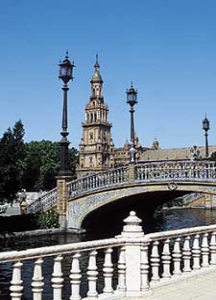
The Plaça de Espanya, with the nearby Parc Joan Mirò, is where the central Gran Via de le Corts Catalanes and the Montjüic district meet. And in the centre of this handsome square there is a fountain which is the symbol of Spain offering itself to God, while to the north-east there is the bullfighting arena in Arab style dating back to the early 20th century. The Montjuic park, built for the 1929 Universal exposition, has extensive gardens and stunning fountains like the Font Magica. But, even more important, the Museu Nacional d?Art de Catalunya and the Castle. The former, which has a strong visual impact, is known for its collection of Medieval frescoes and for its many Romanesque, Gothic and contemporary works, not only from Catalonia but from all over the world. The latter was built in 1640 and is considered by Catalans to be the symbol of the royal and Castilian domination.
Returning to the Plaça d?Espanya, we move on to the Eixample district in the centre of which we come to the Passeig de Gracia. Along its 1,450 meter-length we can admire some particularly important buildings including those designed by the architect Gaudì, like the Casa Battlò and the famous Casa Milà or Pedrera, conceived as a giant sculpture with curvilinear walls.

Continuing on to the Avinguda Diagonal we come to Barcelona?s most symbolic monument, which is also the work of Gaudì: the Sagrada Familia. Work on this church began in 1882 and still has to be finished inside. While the exterior has undergone various interventions although it is more or less as envisaged in the original plan with the three facades representing the Nativity, the Passion and Death and the Glory of Christ. In the environs we find the Plaça de les Gloires Catalanes with the Catalan National Theatre, the main Auditorium and the Plaça des Toros Monumental arena where bullfights are held.
Of the many things to see in the suburban areas the Parc Guell is one of the most important. This is another of Gaudì?s unfinished works; also worth a visit it the Tibidabo Hill to which there is a funicular railway and from the top of which there are wonderful views of the city.

This year the city hosted the International Forum of Cultures, a unique occasion during which many exceptional cultural events were organised. For the event they created a new district in the south-east of the city which includes a square, two buildings which can hold 3,200 and 15,000 people, an auditorium, a port with an over-water walkway and a 3-hectare park. This quarter, which took only a few years to build, is one of the most modern in the city.
Useful information
Barcelona is easily reached from Italy either by car, rail, air or ferry. Once in the city or close to it there are excellent bus services covering most of the urban and suburban areas. Apart from the city?s purely artistic aspect it also offers a wide range of amusements. The working day starts quite late with most activities not opening before 10.00 But you can shop all day long both in shops, in department stores like El Corte Ingles which is in the Catalunya Square or in the many city markets. Two of them, the Santa Catarina (opposite the Triumphal Arch) and the Bouqueria (on the Rambla) are truly spectacular with their fascinating colours and aromas. But things really come to life in the evening when the restaurants offer a wide variety of fresh fish and such typical local specialities as Butifarra salame and a chick-pea soup called Escudella.
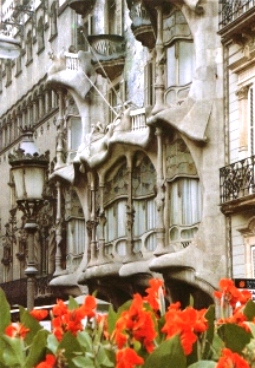
All of which can be accompanied by a wide range of Cavas, the sparkling wines which are produced in the area. Then there are the many tapas bars serving a range of appetising hors d?oeuvres, to be enjoyed with a Chupitos glass of Sangria. Night clubs and bars, which stay open until four in the morning are to be found throughout the city with many in the Maremagnum, the Rambla and the Barrio Gotico while some of the most popular are along the beach. When they close, although many people like to stroll along the pier or the main streets, the city finally goes to bed. But not for very long. Then it is ready once again to offer itself, more beautiful and welcoming than ever, to its inhabitants and to visitors. For more information see the site of the Spanish Tourist Office in Italy at

